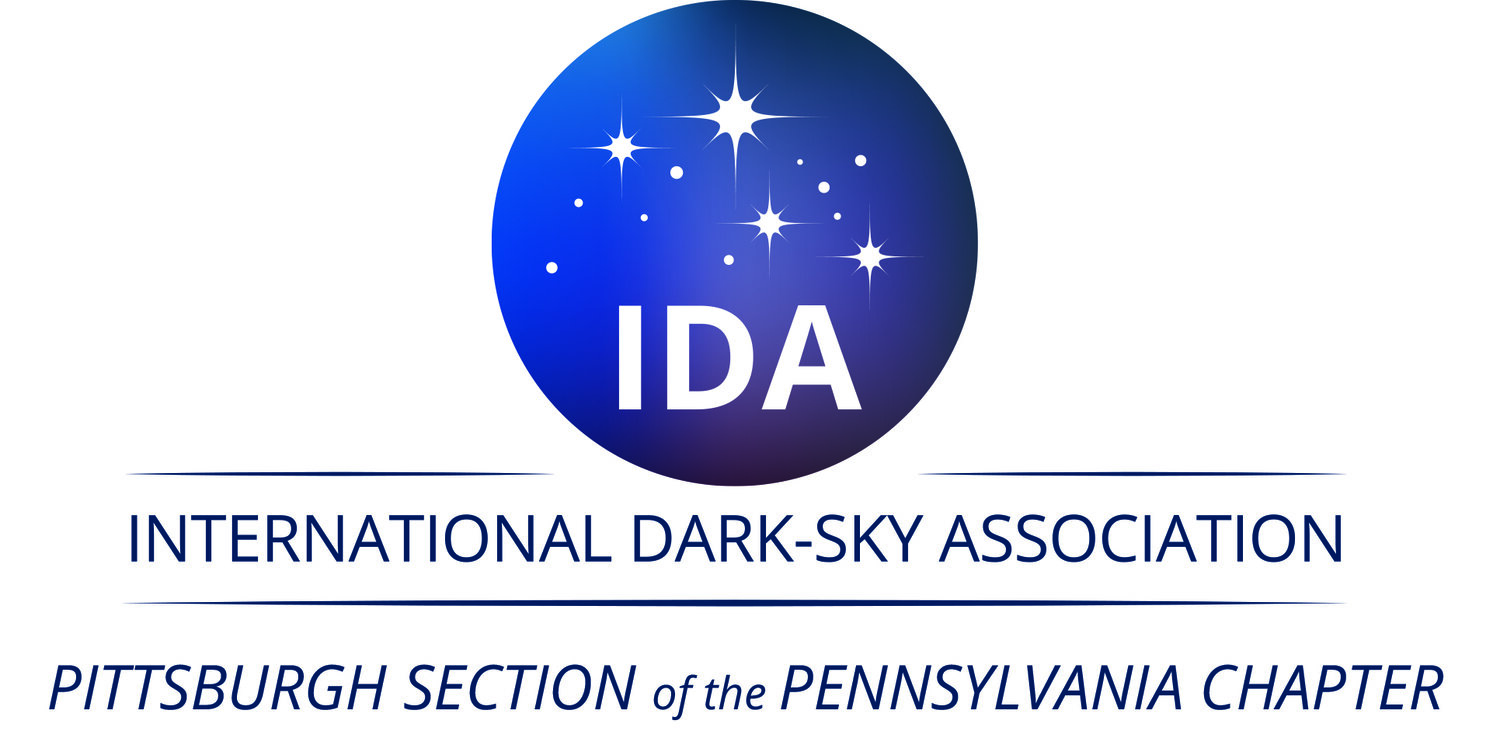An Interview with Bettymaya Foott: Stargazer and Trailblazer
by Frederick Dean
By day, Bettymaya Foott is the Director of Engagement for the International Dark-Sky Association, helping to raise awareness and lay the foundations for the growth of a field that is beginning to truly take off. By night, Bettymaya doubles as an astrophotographer, capturing breath-taking images of nightscapes across the world. Her work features an array of formats, from museum exhibits at the National History Museum of Utah to publications such as National Geographic and the Los Angeles Times. This week I was lucky enough to talk to her about everything from her dream collaborator to the most pressing issues facing the IDA today. As a relative novice to the field of astronomy and dark-skies, I was keen to talk to someone who could project a beating passion for this area and express why this was so important to her.
Bettymaya developed her love for stars and dark skies from a young age. Growing up in Moab, Utah, Bettymaya spent summer nights stargazing from her trampoline. Her passion continued throughout her academic career as she completed a degree in Environmental and Sustainability Studies. It was during this time that some of the challenges facing dark-skies truly became clear to her. After moving from the idyllic Moab to the hustle and bustle of Salt Lake City, one of the first things Bettymaya noticed was the relative blandness of the urban sky. Since then, Bettymaya has been leading the charge to raise awareness and support research to help preserve the world’s fading dark-skies.
A key lesson for city planners to learn is to become aware of this and choose fully sustainable products.
Image by Bettymaya Foott
Bettymaya also gave me an insight into what inspires her work as an astrophotographer, and how, despite all the world’s wonders she has already captured, she still has an insatiable appetite to discover more. I asked her to picture a helicopter appearing suddenly outside her door- if it could take her anywhere in the world, where might she go? Armed with her camera, Bettymaya told me she dreams of visiting the Himalayas to witness its Airglow, a natural phenomenon where the Earth’s atmosphere appears to emit its own faint source of light.
There was a palpable sense of excitement and adventure after I asked Bettymaya who her dream collaborator would be; she replied that she would love to once more work with astrophotographer Sergio Montúfar. Together they embarked on an adventure across his native Guatemala, shooting its stunning ancient Mayan temples across a backdrop of pure dark-skies.
Unfortunately for Bettymaya and the rest of the Dark-Sky community, problems like ‘Skyglow’, where the night sky is illuminated by artificial sources, are rapidly contributing to their recession. The main reasons for this, as Bettymaya explains, are the combination of increasing urban sprawl and the prevalence of poorly designed and unshielded lights. Urban sprawl is somewhat inevitable as countries’ economies grow and continue to invest in their developing cities; on the other hand, the misuse of light is a much simpler problem to solve. Streetlamps are often poorly designed and are a main contributor to Skyglow; instead of brightening only the street below, they typically bleed outwards and illuminate the sky. In theory, LEDs could solve this problem as they can be easily directed and controlled. However, poor planning and design leads too often to more unnecessary illumination of the surrounding area. A key lesson for city planners to learn is to become aware of this and choose fully sustainable products. Bettymaya was keen to stress the need to be aware of this regardless of location; whether one is installing lights in a major city or in the middle of nowhere, this bleeding effect can have severely detrimental impacts on our surroundings. The best way to prevent this is to ensure that a light installation meets three key criteria: the light is shielded, it uses warmer colors and it is not too intense.
Looking ahead, Bettymaya continues to strive towards raising awareness for the protection of our fleeting Dark-Skies. She proposed that one of the most effective ways to do this is to join the International Dark-Sky Association’s Advocate Network. By becoming an IDA Delegate, volunteers can become the face of the IDA in their local communities and provide a platform for them to continue spreading their impact.
For more information on becoming an IDA Advocate: visit the link.


